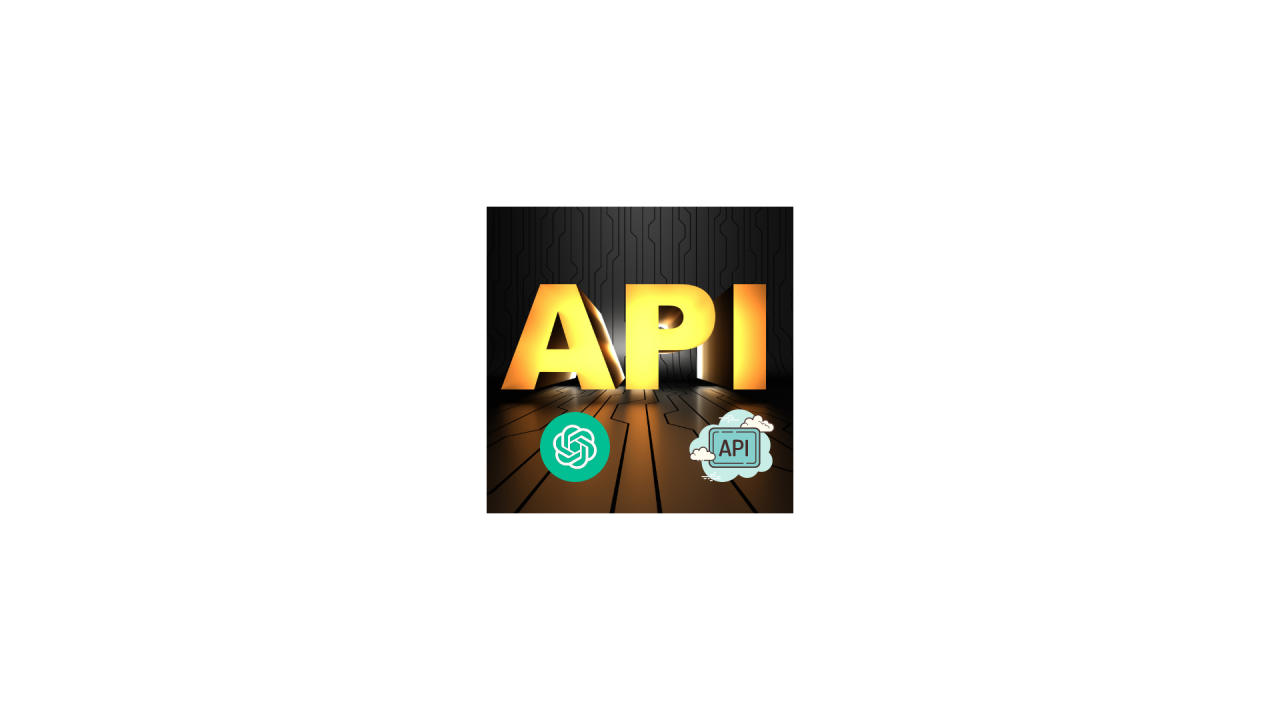
chatGPT API step by step usage in web applications
Naeem Hasan
Digital Marketing Expert | WordPress Developer | Graphics Designer| Video Editor| Blogger| Content Creator|Artificial intelligence|Python programming
The effectiveness of ChatGPT API in web applications depends on various factors such as the quality of training data, the complexity of the use case, and the accuracy of the responses generated by the AI model.
However, ChatGPT is one of the most advanced and widely used language models available today, and it has shown great promise in a wide range of applications, including chatbots, virtual assistants, and customer support systems. The model is trained on a massive amount of data and has the ability to generate human-like responses to user queries, making it a powerful tool for building conversational interfaces.
In addition, OpenAI offers a variety of customization options that allow developers to fine-tune the model to specific use cases and provide a more personalized experience to users. This can further enhance the effectiveness of ChatGPT API in web applications.
领英推荐
Overall, if used properly and in the right context, ChatGPT API can be highly effective in improving user engagement and satisfaction in web applications.
I hope these steps help you get started with integrating ChatGPT API into your website. Good luck!